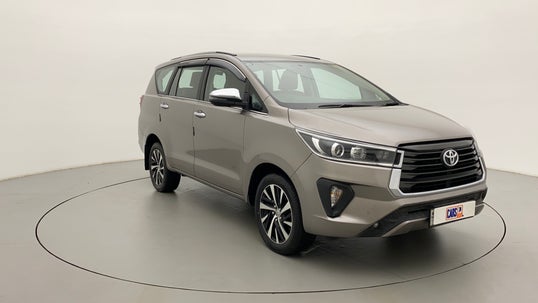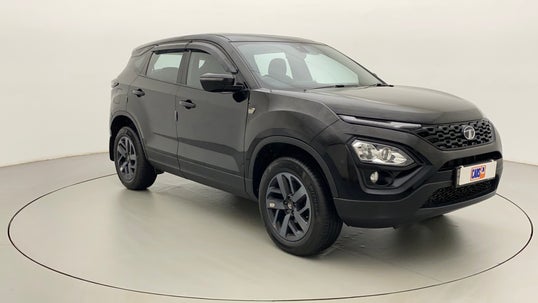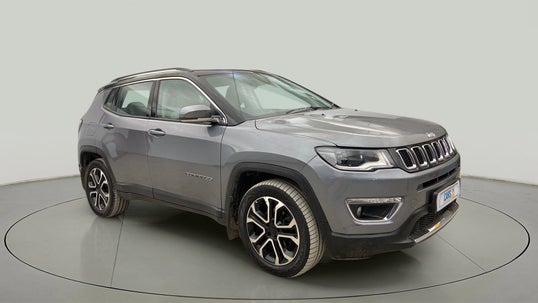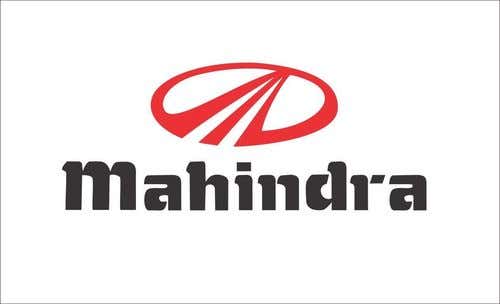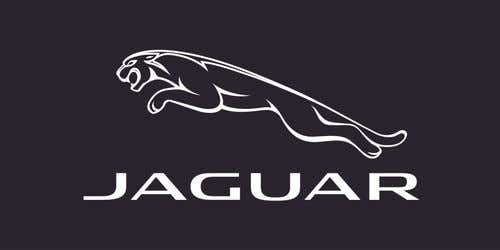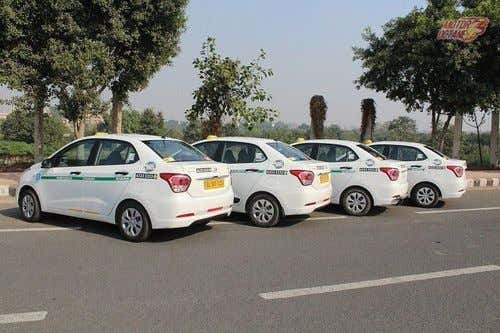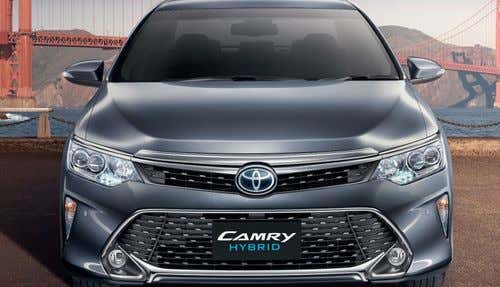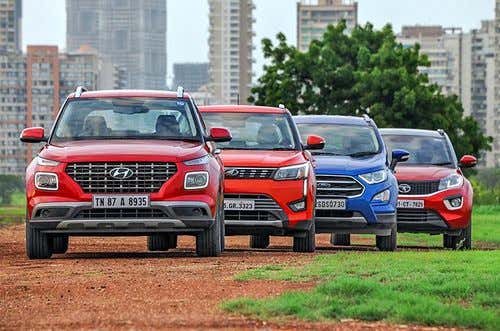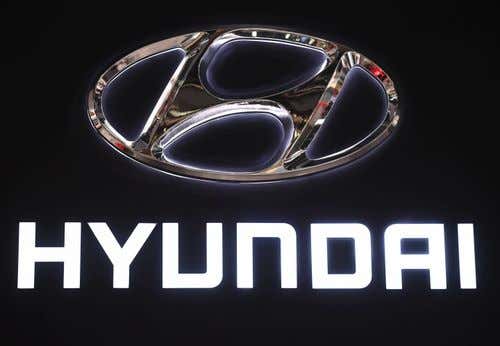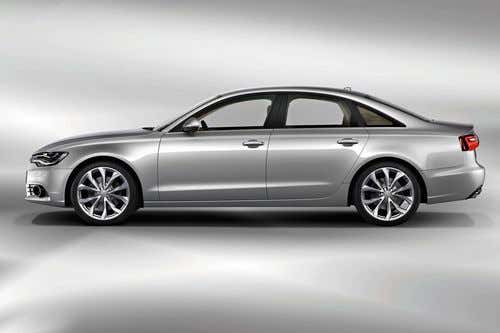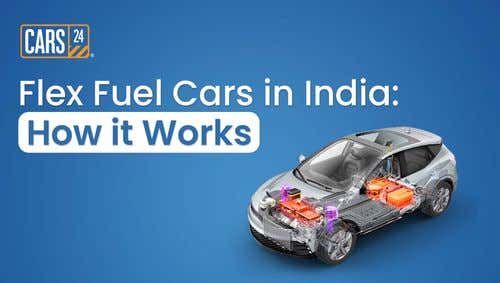AMT (Automated Manual Transmission) Explained

Updated on: 21st September, 2023 IST


Table of Contents
How does Automated Manual Transmission (AMT) work?
In the current car market three widely used types of automatic gearboxes already exist namely, the CVT (Constantly Variable Transmission), the DCT (Dual Clutch Transmission) and the Simple Automatic Transmission. All of these use a gear and clutch arrangement much more complex and completely different from the conventional manual gearbox. The AMT, however, uses the exact same gear and clutch setup as seen in a manual transmission.The only difference that arises is in the way they are operated. In place of a gear lever and a clutch pedal inside the cabin of the car, which are manually operated by the driver, the AMT transmission has a hydraulic actuator system mounted inside the engine which operates both. The actuators of the AMT system are linked to the ECU of the car, which gives it the input and the output goes to the gears and clutch.
 The gear shift pattern is pre-programmed from the factory and that data is stored by the ECU. So whenever the RPM climbs to a certain level, the ECU automatically controls the actuators to operate both the clutch and gearbox in synchronisation.
The gear shift pattern is pre-programmed from the factory and that data is stored by the ECU. So whenever the RPM climbs to a certain level, the ECU automatically controls the actuators to operate both the clutch and gearbox in synchronisation.This functions exactly like an automatic gearbox as there is no clutch pedal and in some cases, there isn’t even a gear lever inside the cabin (as seen in the Renault Kwid).
Although in most cases, there is a gear lever with the three drive modes, R (Reverse), N (Neutral) and D (Drive). There is also an option of shifting into manual mode just parallel to the Drive mode.
In the manual mode, the gear operation is significantly simple, move the lever forward to shift into a higher gear and move it backwards to shift into a lower gear, no clutch and no multi-directional shift paths.
The Pros of Automated Manual Transmission (AMT):
- Convenience: The ease of driving is surely the primary useful attribute of an AMT gearbox. It works just like any other automatic transmission and you can indeed relax your left leg and hand as well unless you decide to switch to manual mode.This attribute really shines in rush hour bumper-to-bumper traffic situations. The added in-built “Creep” function further eases the situation by allowing you to move at a slow pace just by releasing the brake pedal and without giving any accelerator input.
- Economy: Fuel efficiency is another prime point with the AMT, unlike the other automatics. Most AMT’s in our country are used in hatchbacks and their shift pattern is programmed in a way in which maximum fuel efficiency is prioritized. Its computer operated so it’s very precise at doing that as well.
- Drive it like you want: Most AMT equipped cars also come with the boon of a manual mode. So whenever you are missing some old school “hand on the knob” driving, you can always do that whenever you desire. It's even less complicated in this case with no clutch and a simple bidirectional shift path.

- Cost: All conventional automatics cost a bomb over the respective manual version of those cars because of the complex technology involved. An AMT gearbox costs almost half of what a conventional automatic would. In comparison to a DCT gearbox, it’s almost 1/4th the price!
The Cons of Automated Manual Transmission (AMT):
- Jerky Gear Shifts: This is one major gripe with the AMT transmission. The gear shift quality is not always consistent. Sometimes it’s good and sometimes it’s plain jerky and awkward. In comparison to other expensive automatics, the AMT will certainly feel inferior in terms of shift quality.
- Overtaking: The AMT options currently available in the country are mostly in the budget segment. These cars are tuned for fuel economy and hence might make unplanned upshifts in the middle of overtaking manoeuvres. This can be potentially dangerous and it is best advised to perform such moves in manual mode.
- Hills and Inclines: Tackling the hills can get rather tricky with the AMT. Using an AMT in inclined or hilly terrain would require constant use of the manual mode and some thoughtful utilization of the handbrake. This aspect pretty much negates the convenience factor associated with it.
CARS24 Verdict on Automated Manual Transmission (AMT):
The introduction of AMT into the Indian market is a much-appreciated move by auto manufacturers. Traffic is worsening day by day and it is indeed very appealing to have the convenience of an automatic gearbox at a very marginal premium over the manual transmission. Sure it has a few rough edges, but for the price you pay, it is a very lucrative addition to opt for. Technology is developing at a rapid rate and over time you will only see the AMT’s get better and better.What are your thoughts on the
automated manual transmission? Let us know in the comment section below.
Recently Added Cars to Buy
Other Blogs
- Recent
- Featured
Popular Cities to Sell Car


